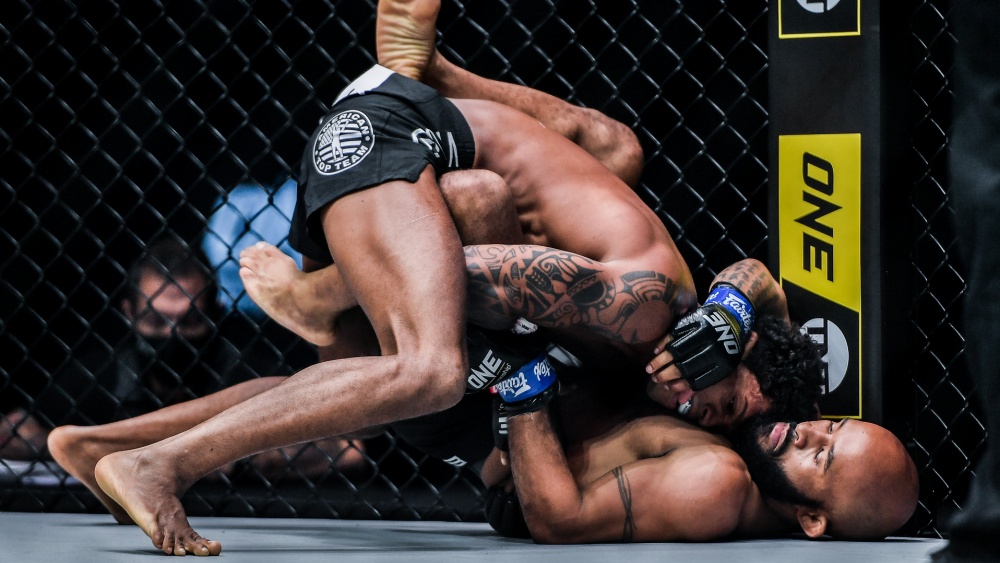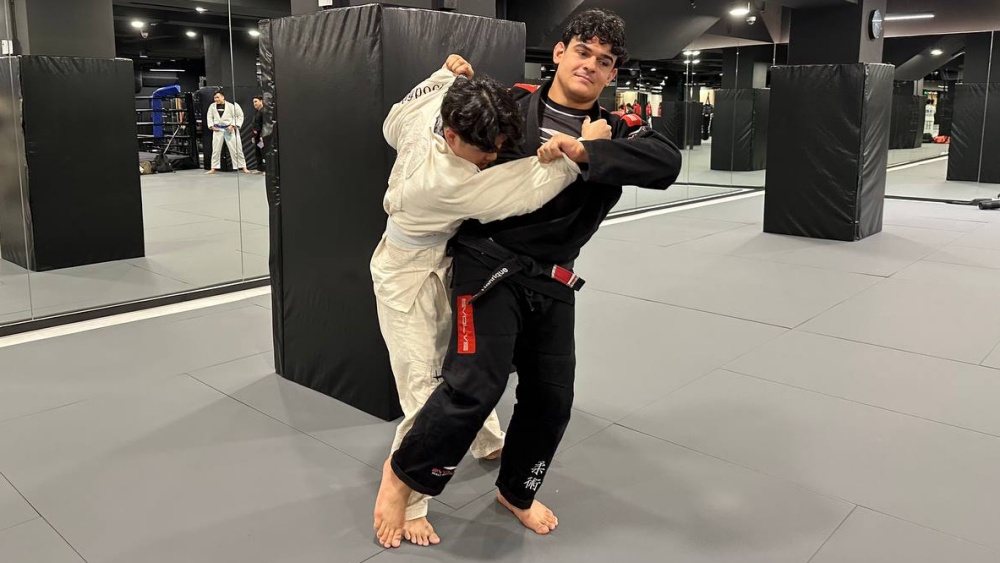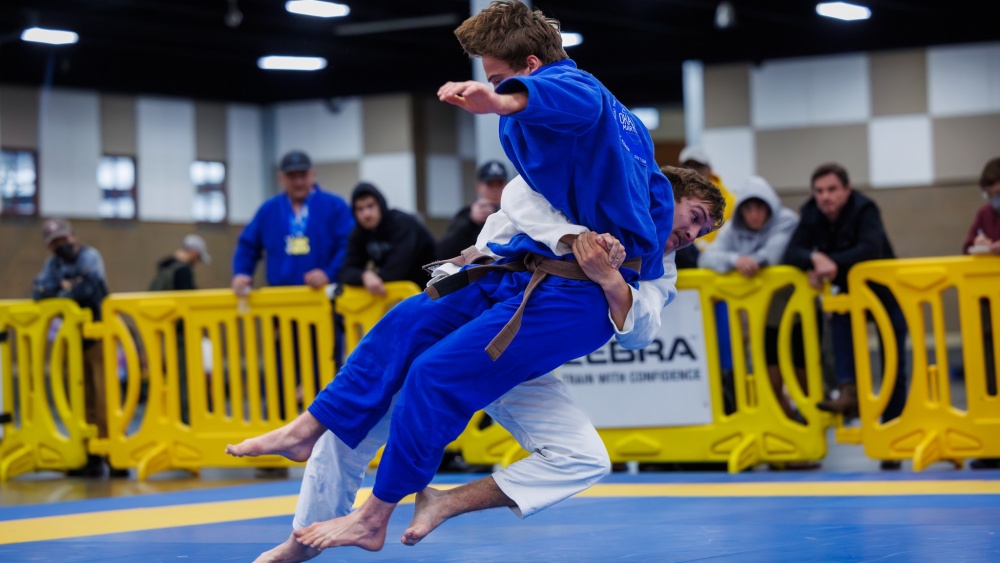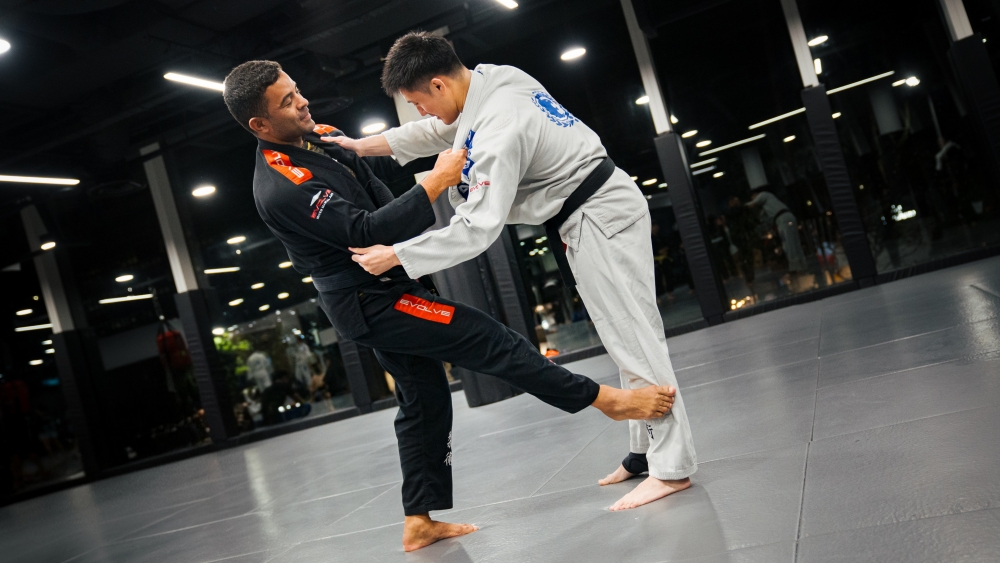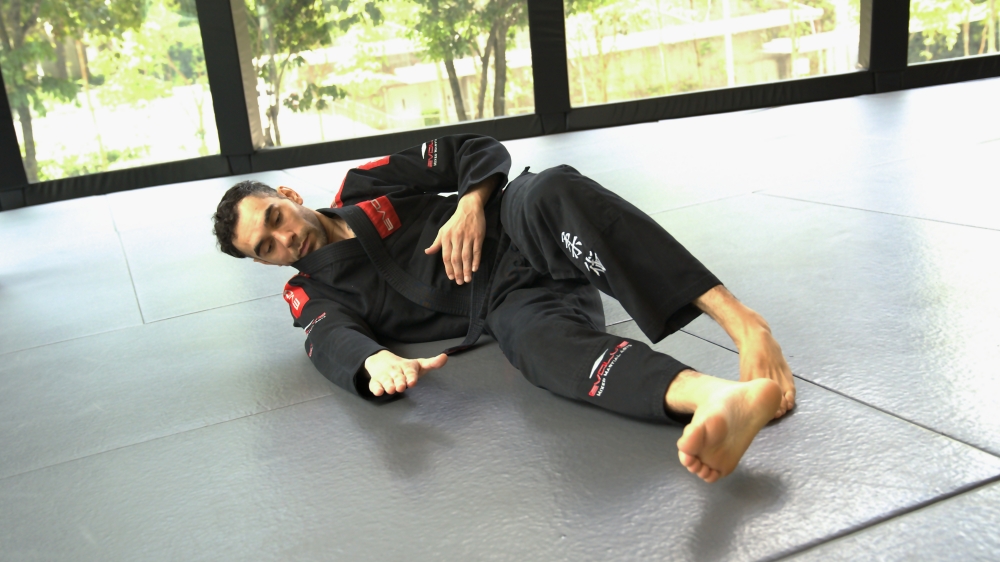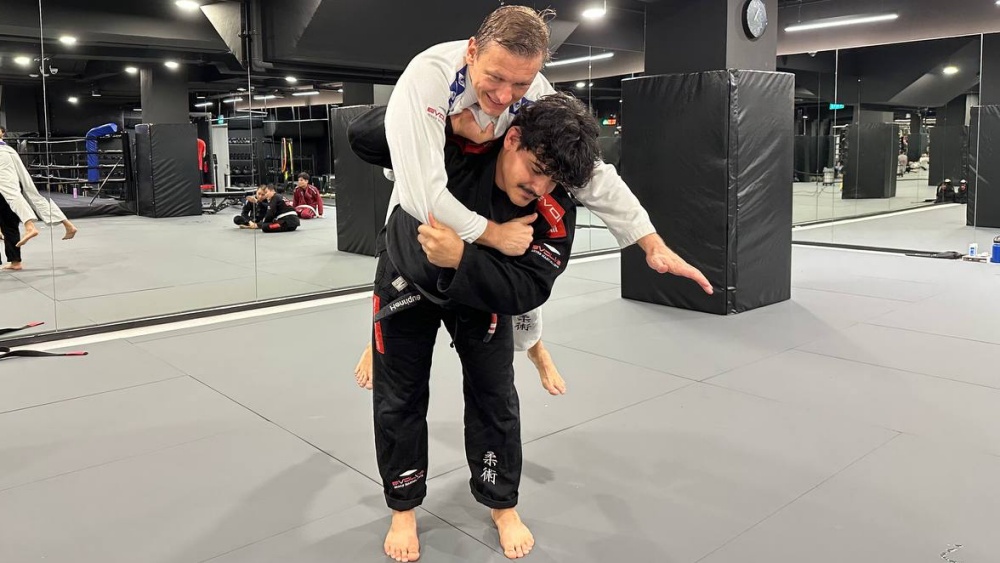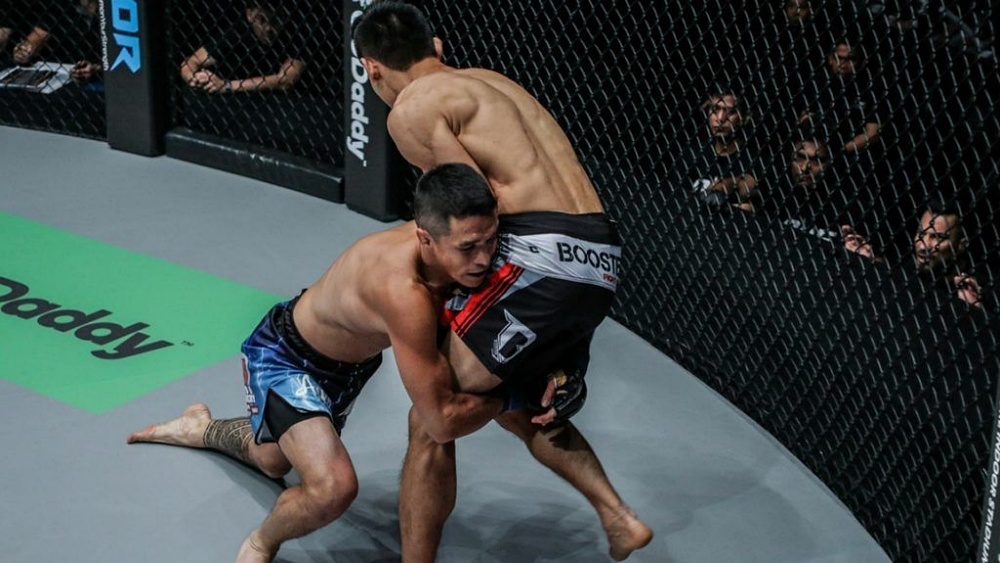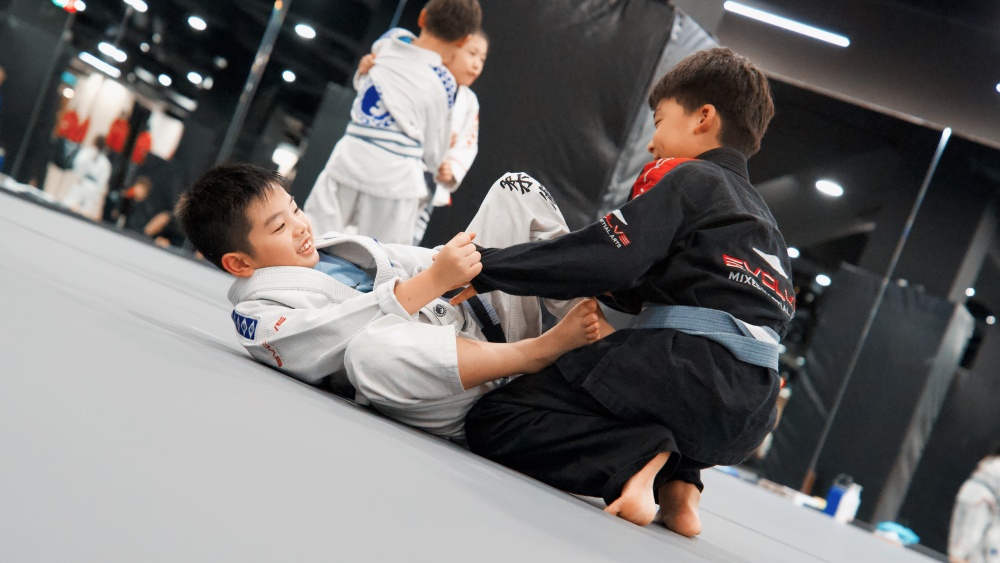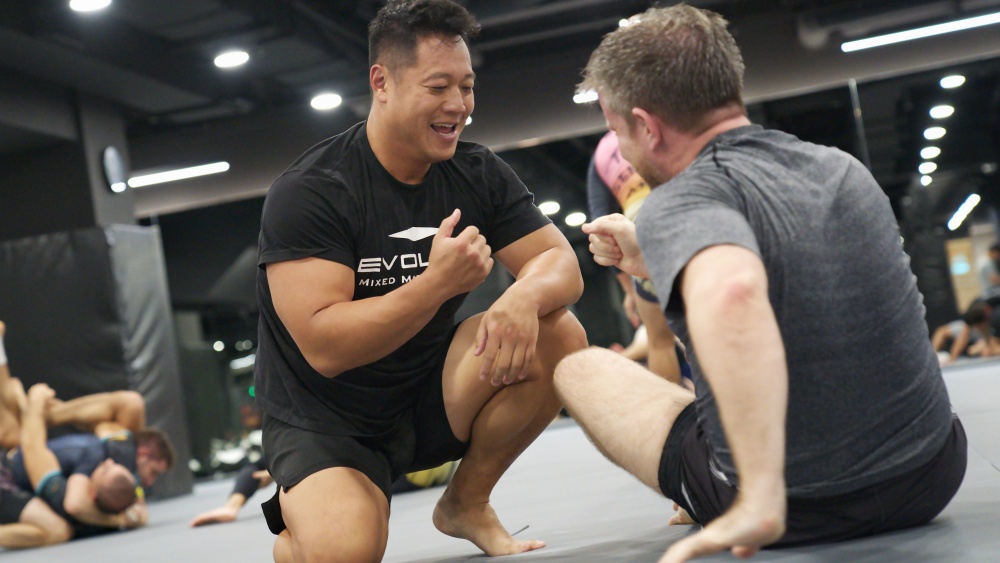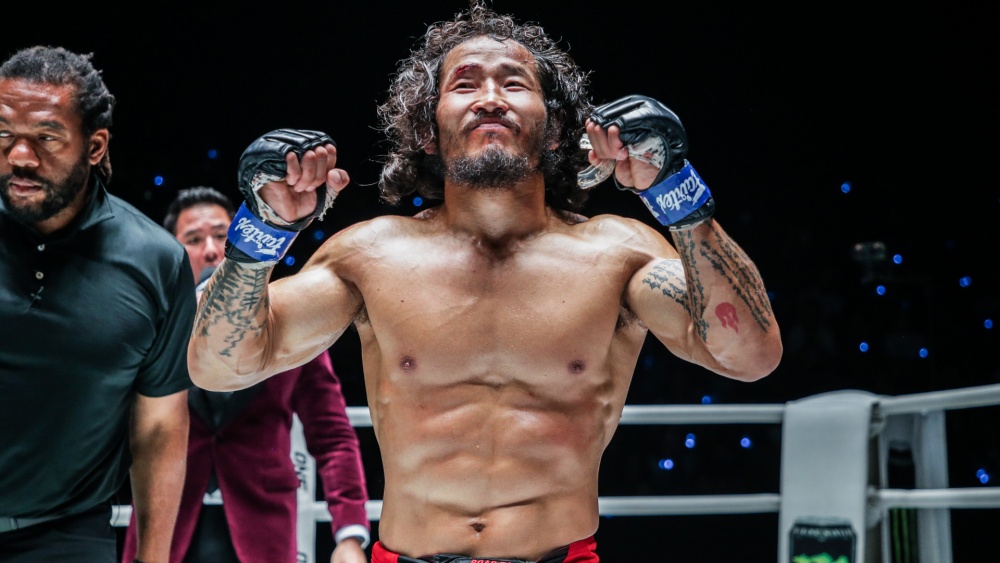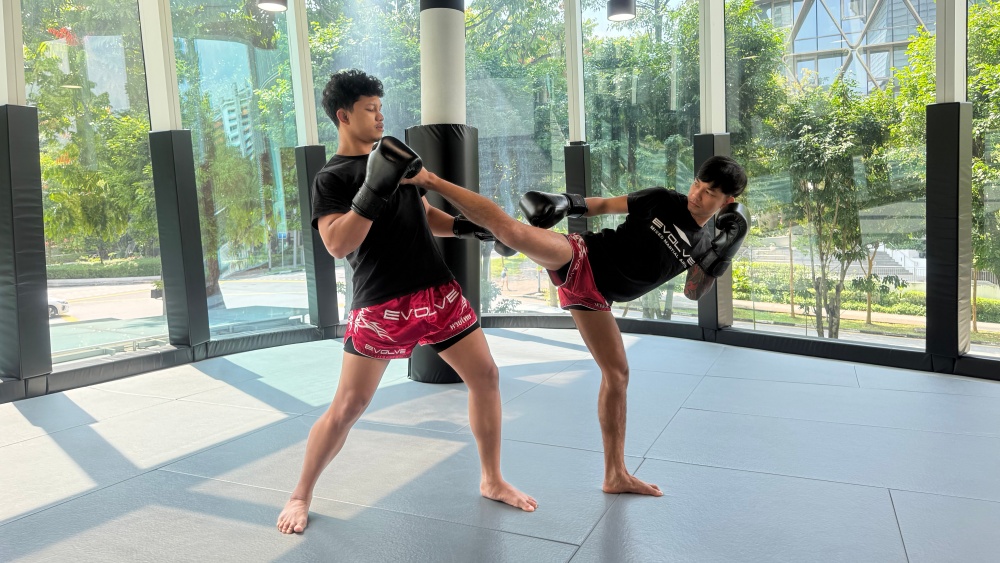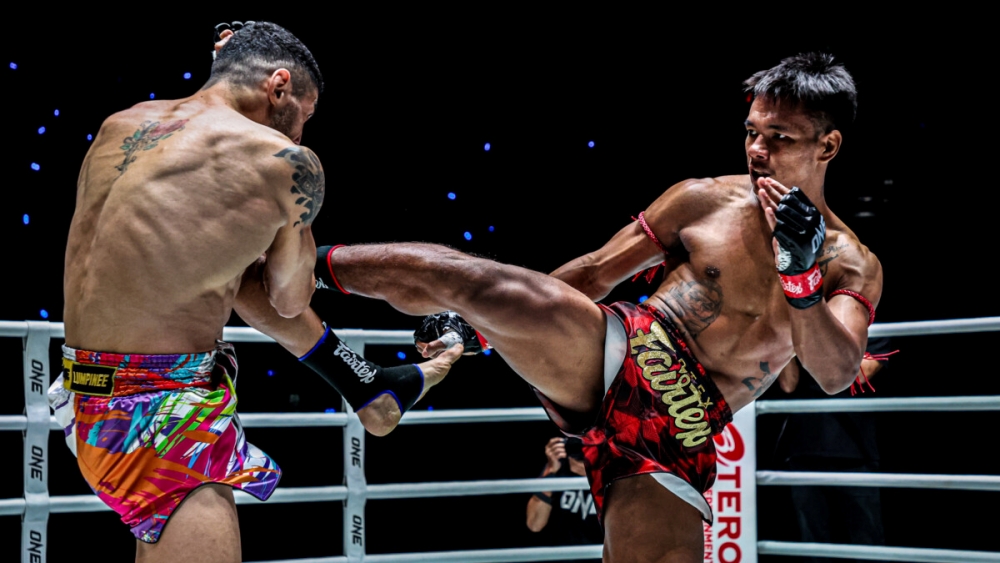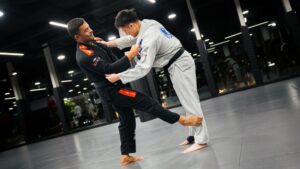“Punch a black belt in the face; he becomes a brown belt. Punch him again, purple…” These are the words of Carlson Gracie, one of the pioneers of mixed martial arts. Playing guard in Brazilian Jiu-Jitsu and MMA are two different things. Techniques that are incredibly effective in BJJ settings can get you in a world of trouble when strikes are in play.
While the voice of your BJJ coach might be telling you ending up on your back is a golden opportunity to showcase your skills, you might end up doubling as a punching bag if you think guard play in MMA is all about submissions. It’s not; it’s all about survival.
This article will discuss how to avoid getting overwhelmed with strikes and actually get things done if you end up on your back during a mixed martial arts contest or self-defense situation.
Why You Can’t Just Pull Guard In MMA
Chilling out on your back is like lounging around in a hammock in a BJJ dojo. You have many options, and the worst thing that can happen is your opponent goes for a leg lock or passes your guard. It’s the foundation of BJJ, a fighting system developed to make what is typically a disadvantageous position a dominant one. You can’t really call yourself a BJJ player if you don’t have a dangerous guard.
There’s nothing wrong with the guard per se, and old-school BJJ players had lots of success in no-hold-barred fights during the early days of MMA because they trained to defend against strikes. BJJ as a martial art was refined at Vale Tudo events in Brazil, with members of the Gracie family regularly taking on all challengers in no-holds-barred settings.
Modern sport Brazilian Jiu-Jitsu has lost much of its grittiness over the years. Today’s average BJJ student has limited experience defending against strikes, making them incredibly vulnerable to strikes in the guard and other bottom positions. Even your effectiveness in top positions is affected by strikes.
The rules of modern MMA also disfavor fighting on your back. Takedowns and ground control score points in mixed martial arts, meaning you’re losing if you’re on your back. This is one of the reasons why a submission-first approach from the guard isn’t always ideal for mixed martial arts.
BJJ Guard Vs. MMA Bottom Game: A Side-By-Side Comparison
Let’s compare some of the ways BJJ and MMA bottom game differ:
1) Objective
- BJJ: Submit or sweep your opponent. You score points for both, and a successful submission attempt wins the contest.
- MMA: Minimize ground and pound, create space, and get back to your feet. Only elite BJJ players should spend a few seconds trying to secure submissions since most mixed martial artists know how to defend against commonly used submissions. In MMA, opponents get to use their technical knowledge and strikes to defend against submissions, putting the average BJJ player at a disadvantage.
2) Posture
- BJJ: Generally more relaxed as you hunt for grips. Trying to create space while the person on top does the opposite.
- MMA: Head off the canvas, ready to evade strikes, with an increased focus on preventing your opponent from posturing up since that’s when strikes come raining down. Creating space becomes a high-risk, high-reward game.
3) Submissions
- BJJ: Gis are made from durable materials, making it much easier to secure grips. There is no real risk when hunting for submission besides potentially being reversed or swept and your opponent scoring points. It’s the perfect place to go for fancy omoplatas that might go viral.
- MMA: Everything is open here, with rules that forbid grabbing any part of your opponent’s gear, and most techniques being focused on pure skill and strategy. Most submission attempts are high-risk events. Go for a leg lock, and your opponent might end up pounding and knocking you out. Think that triangle choke is there? Well, that might be the opportunity your opponent needs to pass your guard and land more powerful strikes. Or perhaps your opponent is Quinton “Rampage” Jackson, and he picks you up and slams you into oblivion.
Staying Safe: Your Survival Checklist
Here’s a survival checklist for BJJ players planning to compete in mixed martial arts or looking to learn how to modify their Brazilian Jiu-Jitsu training for real fights:
1) Master Controlling Posture
Nothing keeps you safer than controlling your opponent’s posture when strikes are flying. The closed guard shines here, and it’s enough to get you back on your feet since MMA rules recommend referees stand up fighters on the ground if there’s a stalemate.
Wrap your legs around your opponent’s torso (secure a body lock if your legs are long enough) and wrap your hands around their torso as you position your face at their chest, pulling them toward you. It won’t win you any new fans, but it might force the referee to stand up the fight if your opponent can’t break out.
2) Drill The Hip Escape Relentlessly
Practice shrimping as if your life depends on it if you want to be effective off your back in MMA. Your guard will eventually get passed, and you want to be good at reclaiming it. The guard is still the safest bottom-ground position you can find yourself in a fight.
3) Develop A Well-Rounded Open Guard Game
A well-rounded open guard game gives you various ways to get back on your feet. This is when you open up your guard and place your feet on your opponent’s hips. Doing this allows you to control their body with your legs.
The most straightforward get-up from here is to simply push off on their hips as you make your way back up.
Drill Like You’re Training For A Zombie Apocalypse
Playing guard when strikes are in play differs greatly from playing guard at a BJJ tournament. You generally don’t want to spend too much time on your back since you’re losing the round even if you go for submission. Submission attempts only count in MMA when they come close to ending the fight.
The ideal approach for MMA is to look to get back up or sweep your opponent so you end up on top and start scoring points for ground control. That way, you can still win rounds even if you don’t get a finish. Remember, in MMA, positioning and control can often be just as valuable as submissions or knockouts, so focus on maintaining dominance throughout the fight, and you might just win the judges over!
You may also like:
